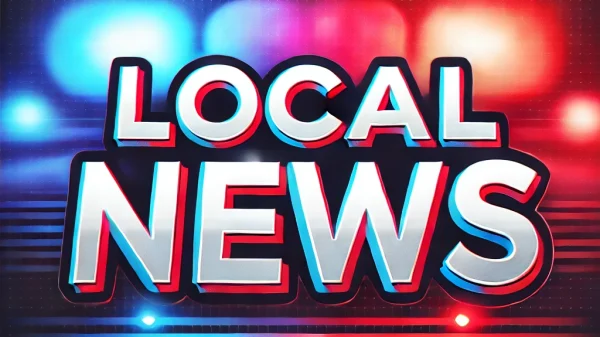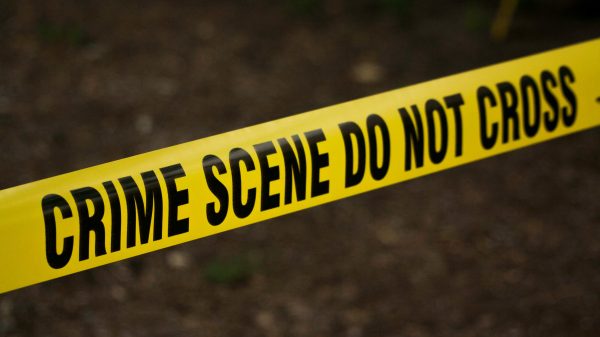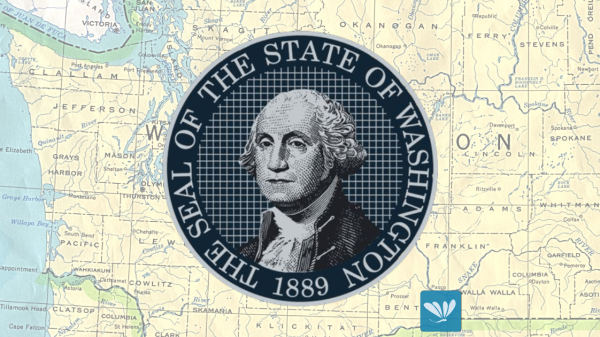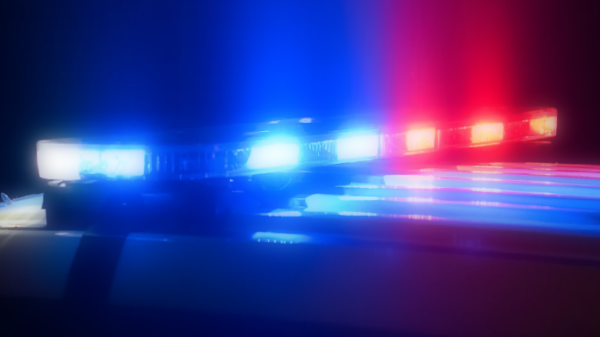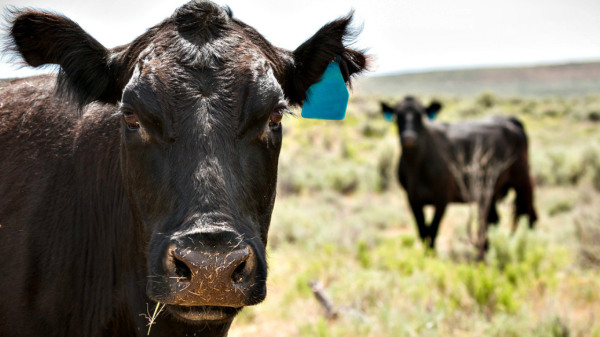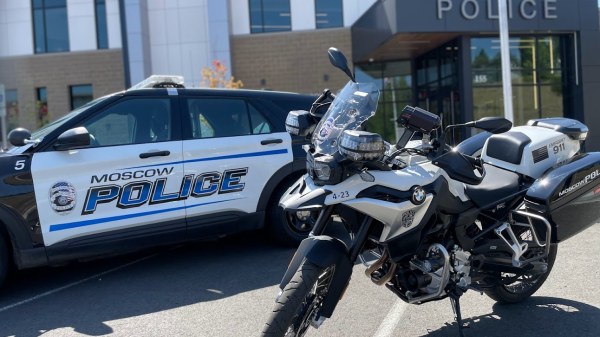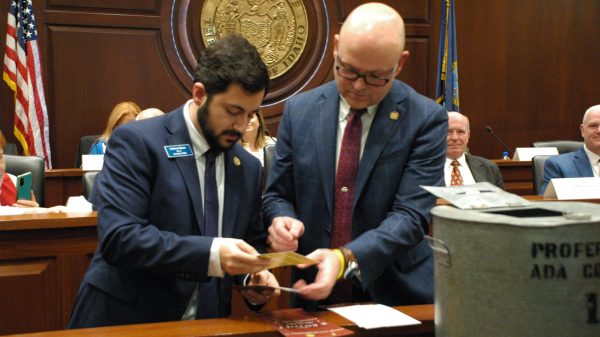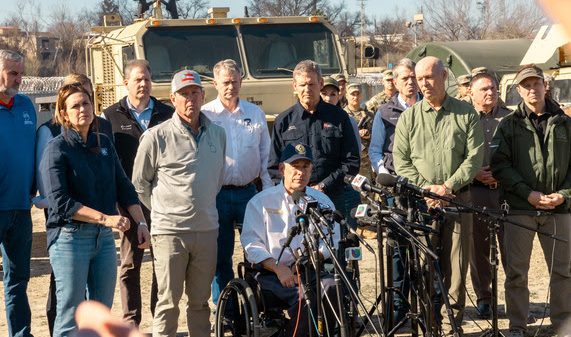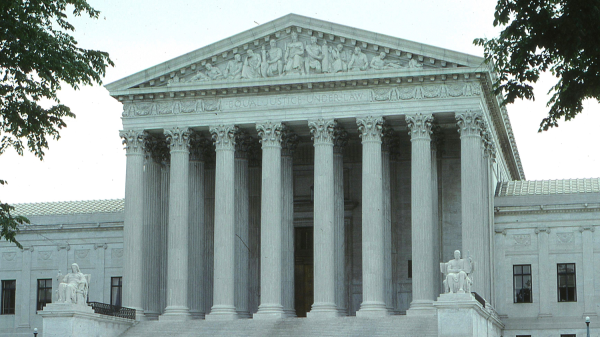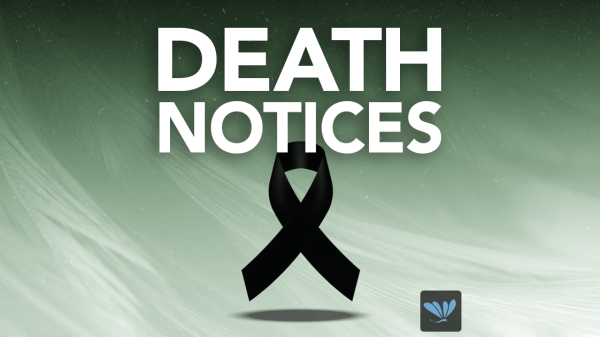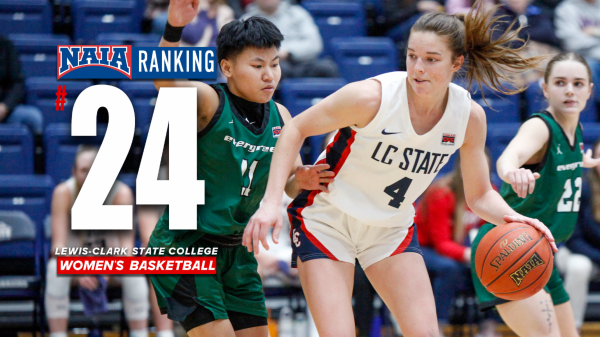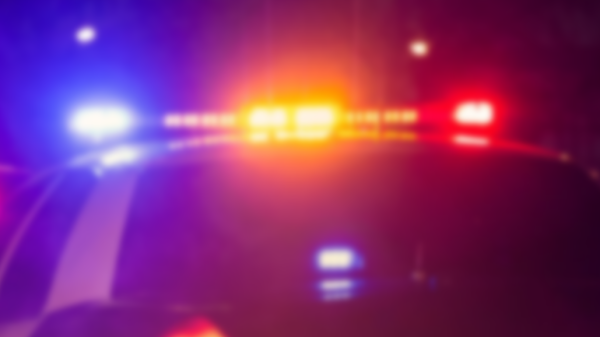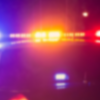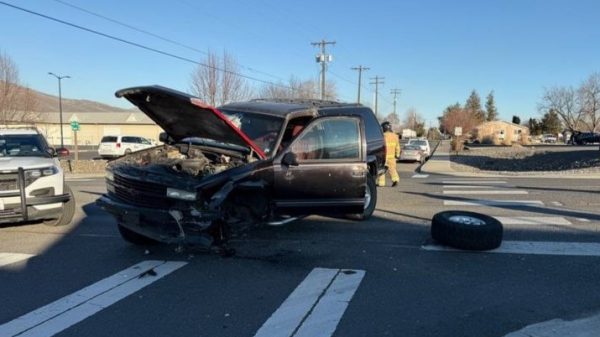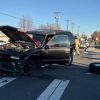Statistics from the National Shooting Sports Foundation show that hunting with firearms is actually one of the safest recreational activities in the country. That’s not to say that accidents can’t happen, and practicing safe firearm handling can greatly reduce the risk.
In recent years, about 280,000 people annually hunted in Idaho. Even with that many people in the field, there are typically very few, if any, hunting accidents involving firearms in Idaho.
“Although there are very few firearms-related hunting accidents, we’d prefer to have none,” said Brenda Beckley, Fish and Game’s Hunter Education Administrator.
”Among the most common causes of the accidents we have is when firearms are loaded when they shouldn’t be — such as putting it into or removing it from a vehicle — or while navigating through rough terrain. Those accidents are easily avoided if you adhere to the basics of firearm safety.”
In the hopes of avoiding firearm accidents whether hunting (or target shooting), Fish and Game offers these guidelines:
- Treat every firearm as if it is loaded. When another person hands you a firearm, assume it is loaded even if you are told it is not. Ask anyone handing you a firearm to open the action before they hand it to you.
- Always control the muzzle of your firearm. As long as the muzzle is pointed in a safe direction, it is unlikely someone will get hurt, even if the firearm discharges unexpectedly. A safety is a mechanical device which can fail, so there is no instance where you can disregard the muzzle’s direction simply because the safety is on.
- Never touch the trigger until you are ready to shoot. Keep your fingers away from the trigger while loading or unloading. Never pull the trigger on any firearm with the safety on or anywhere in between “safe” and “fire.” Again, the gun’s safety serves as a supplement to proper gun handling but does not serve as a substitute for common sense.
- Never point a firearm at anything you do not intend to shoot. Carry and use binoculars to check out the hillside. Never look through your scope at something you can’t identify.
- Be certain of your target (and what is beyond it). A safe hunter makes certain that movement or sound is a game animal that is in season before pointing a muzzle. Prior to taking a shot, a hunter must check the background for other people, livestock, buildings, equipment or roads to make sure there is a safe backstop.
Mistaking a person for game is one of the most common causes of hunting accidents, which can be serious or fatal. One way to make sure every other person in the field can clearly identify you is by wearing hunter orange. While a safety measure recommended for those on both sides of the gun, Idaho is one of few states where hunter orange is not required, except for hunters on wildlife management areas where pheasants are stocked during the pheasant season. A hunter orange hat meets this requirement.
- Be sure the barrel is clear of obstructions before shooting. Make a habit to check your barrel often. Even a small obstruction in the bore can cause the barrel to bulge or worse … explode.
The same can happen by placing a smaller gauge or caliber cartridge into a gun, such as a 20-gauge shell in a 12-gauge shotgun. This can result in the smaller cartridge acting as an obstruction when a cartridge of proper size is fired. Always pay close attention to each cartridge you insert into your firearm and only carry the correct ammunition for the gun you’re carrying.
- Never cross a fence, climb a tree or do anything potentially hazardous with a loaded gun. There will be times when common sense and the basic rules of firearms safety will require you to unload your gun for maximum safety. Never pull or push a loaded firearm toward yourself or another person.
- Store firearms and ammunition separately. While most gun owners consider this most of the year, many leave guns and ammunition in their vehicles during the hunting season. Firearms should be unloaded for safety when in the vehicle. Ammunition should always remain inaccessible to children.
- Alcohol and guns don’t mix. If there is alcohol in your hunting camp, make certain all firearms are put away before the alcohol comes out. Taking out ol’ Grandad’s 70-year-old wood stock rifle to show your buddies after you’ve had a few beers can lead to a tragic mistake.
- Don’t be timid when it comes to gun safety. Don’t hesitate to let your hunting partners know when you think they are putting themselves or others at risk. Gun safety starts with you.








